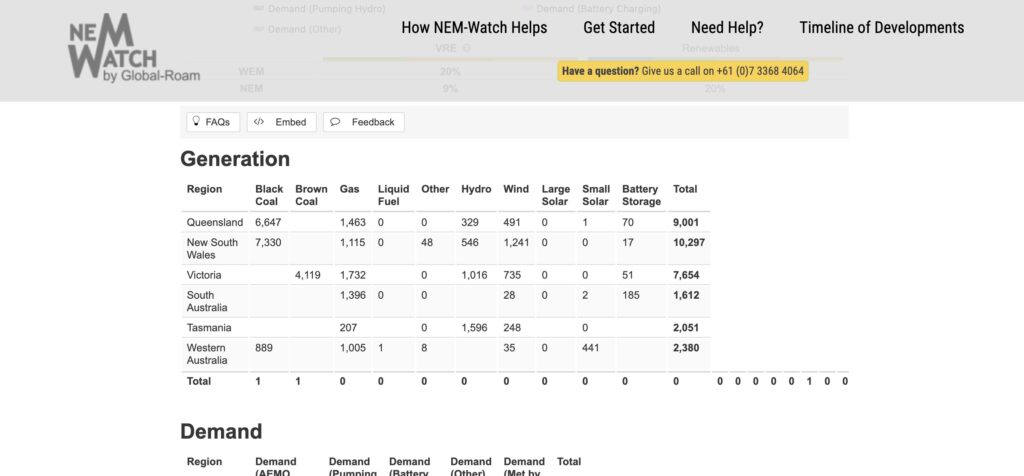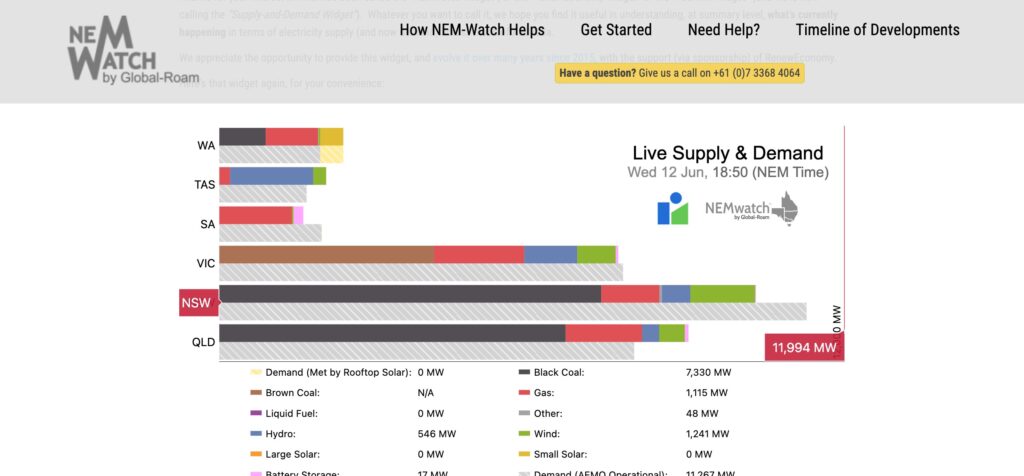The Australian energy landscape is undergoing a significant transformation, with thermal coal facing increasing pressure to cede its dominant role.
This shift is driven by a confluence of factors, including growing concerns about climate change, financial considerations, and a push towards a cleaner energy future.
Superannuation Funds Lead the Divestment Charge
A pivotal development is the decision by prominent superannuation funds to withdraw financial support from companies heavily reliant on thermal coal.
This move reflects a heightened awareness of the environmental risks associated with fossil fuels and a desire to invest in more sustainable alternatives.
QSuper, a major super fund, exemplifies this trend by blacklisting companies with a significant thermal coal revenue stream, placing them alongside environmentally harmful industries.

Fossil Fuel Investments: A Lingering Dilemma
Despite the divestment movement, some super funds continue to invest in fossil fuels, prioritizing short-term financial gains over long-term environmental consequences.
This persistence is highlighted by research indicating a decrease in clean energy investments alongside a rise in funding allocated to fossil fuel companies actively expanding their operations.
This creates a crucial challenge: balancing immediate financial returns with the imperative for a sustainable future.
Groups like Market Forces advocate for a more responsible approach, urging super funds to prioritize climate action by divesting from carbon-intensive industries.
Aligning Policy with Clean Energy Aspirations
The Australian government’s recent budget reflects a shift away from fossil fuels, with no new funding allocated to coal or gas exploration.
This aligns with the Climate Council’s vision for a future powered by clean energy sources.
However, the opposition’s fervent backing of nuclear power and skepticism towards renewables creates a debate about the optimal energy mix.


Renewables and Battery Storage: Pillars of a Sustainable Future
Australia’s renewable energy sector is witnessing a surge in development, with large-scale battery projects attracting substantial investments.
Mainstream financiers are demonstrating increased confidence in the commercial viability of these projects, recognizing their potential to stabilize the grid.
Additionally, the government is streamlining regulations to expedite the integration of renewable energy sources.
The Road Ahead: A Gradual Transition
While thermal coal’s prominence in Australia’s energy mix is likely to diminish, a complete transition to a solely renewable future will require time.
Gas will likely play a bridging role in the near future, providing a buffer until renewable energy and grid-scale battery solutions are fully operational.
Continued investment, technological advancements, and supportive policies are crucial for Australia to achieve a cleaner and more sustainable energy future.